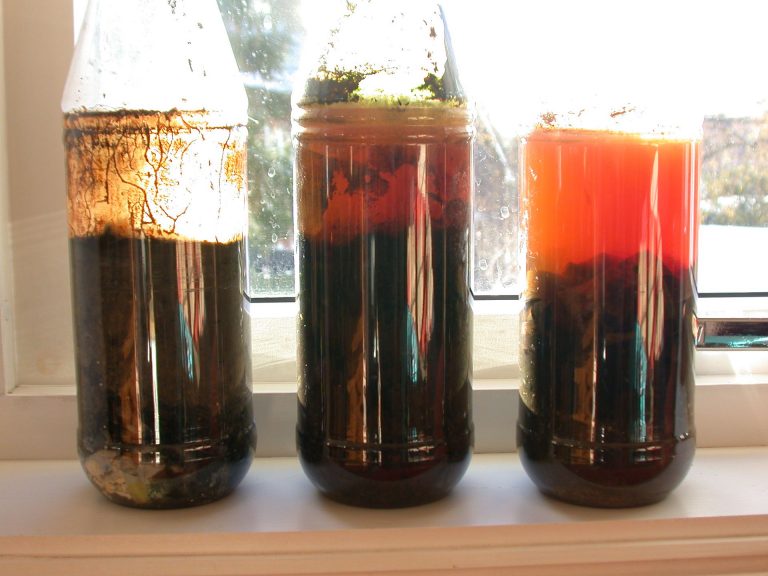Chemistry, Nutrition, Science for kids
Understand Mold and Bacteria
What do the food we eat, the air around us, the kitchen counter, the ground, our hair, and our skin have in common? All are swarming with invisible bacteria and fungi cells. They are entirely benign and not dangerous to us most of the time. Many of these microorganisms can even be very useful. You can grow large quantities of them with some simple tricks.
This is a great activity to do in the classroom! The experiment takes about 1 hour to prepare and then requires regular follow-up for about 15 minutes for 1-2 weeks.
Central terms: hypothesis, moisture/water, cell, bacterial cells, fungal cells, growth, biotechnology.
Equipment
- Some ordinary slices of bread. Not the kind with preservatives that can lie in a bag for weeks on end without spoiling. The preservatives might prevent bacteria and fungi from growing
- Zip lock bags
- Different foods that might be nice fodder for bacteria and fungi. NB! Do not use meat! You might grow dangerous bacteria with these products
- We used: camembert (made with help fro the fungi Penicillium camemberti), cocoa powder (contains bakteria from the Bacillus family), olive oil (probably doesn’t contain many bakteria), sugar (good nutrition for fungi), vinegar (creates an acidic environment), cultured milk and blue chees (made with the fungi Pencillium roqueforti)
Instructions
- Ask your students what happens to bread that goes stale. Ask if they have experienced that bread stays fresh even as it gets old. What could be the reason?
- Make hypotheses about what will affect the growth of mold such as moisture, different types of spread and so on. Make an experiment where you can thest the hypotheses. Here is an example of how the experiment can be done:
- Carefully apply water each slice of bread by placing them in a bowl of water one by one. Leave one slice dry, as a control for the importance of moisture
- Place a slice of bread with nothing but water inside a plastic bag. This will show you what was on the bread to start
- Apply the kind of food/spread you want to test onto a slice of bread and place it inside a zip lock bag
- Seal the bag carefully
- Repeat with as many foods/method you want to test
- Place the bread bags somewhere warm and pay attention to what happens over the following days
- Document the different stages of the experiment by taking pictures
Practical advice, NB! Do not use meat! This can make you grow dangerous bacteria and fungi!
What happens?
The growths on the bread are either mold or bacteria, tiny single-celled organisms. While mold and bacteria consist of just one cell and are invisible to the naked eye, you can see them if they grow, and there are many in one place, like in the experiment.
Humans have used cells for thousands of years without knowing it. Yeast cells have been used to make bread, wine, and beer. Fungi have been used to make delicious cheeses and bacteria for yogurt and vinegar. Using living organisms to produce something helpful is called biotechnology.

